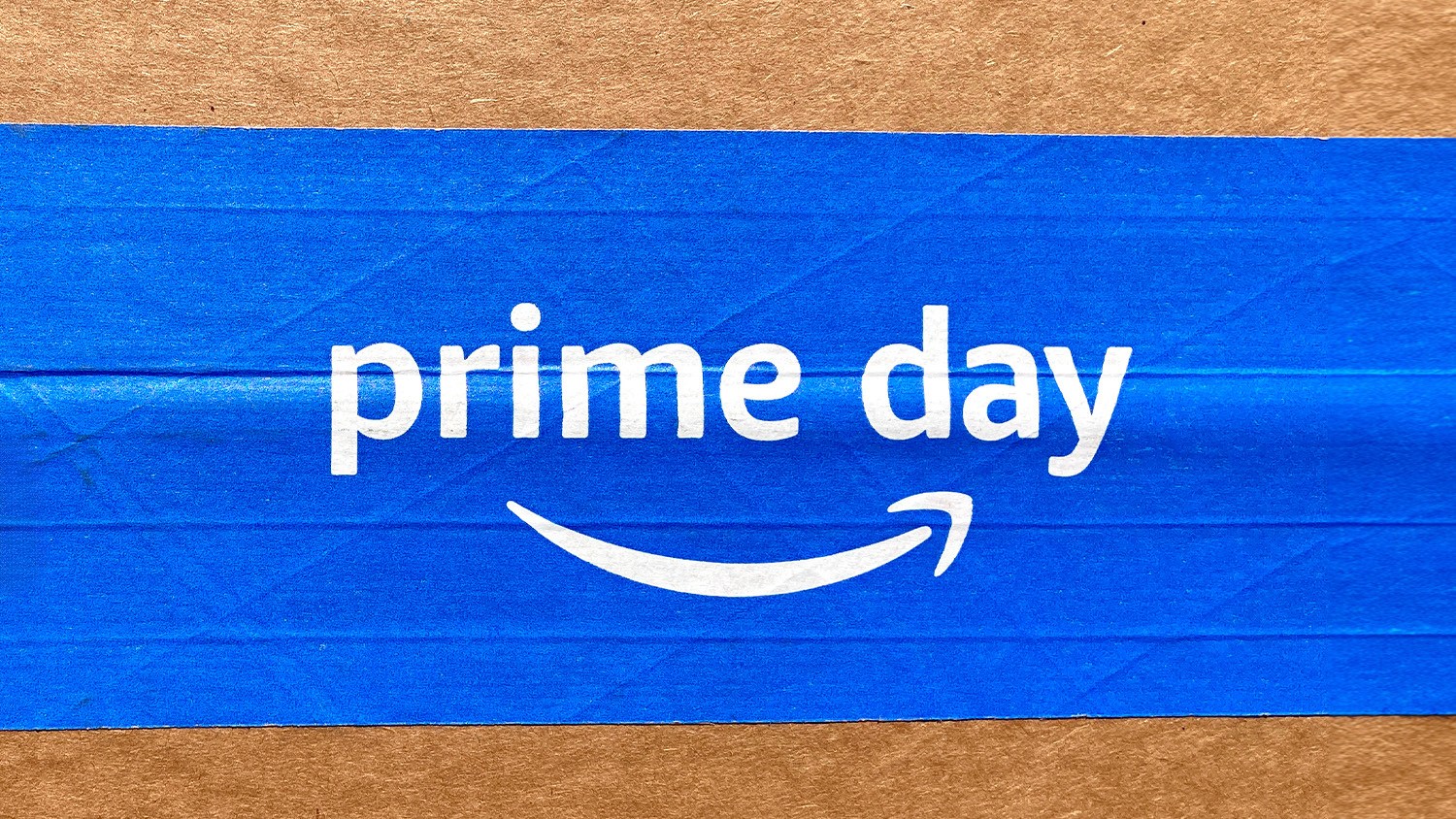FORT WAYNE, Indiana (WANE) – A Drake University football player’s courage in the face of racism paved the way to monumental changes in the sport. Johnny Bright’s determination and perseverance on the gridiron led to important safety changes in equipment and rules.
From a high school phenom in Fort Wayne, Indiana, all the way to the Canadian Football League Hall of Fame, Bright left an unforgettable legacy on sports and American history.
It was through a series of brutal, racist tackles he endured during his college years that he would end up securing protection for generations of future athletes.
The date was October 20, 1951 in Stillwater, Oklahama. Drake University was playing Oklahoma A&M, now Oklahoma State University. Bright was Drake’s superstar.
Two years prior, Bright was the first black player to play on that field. For this visit, he wasn’t even allowed to sleep on campus with his white teammates. He had to spend the night with a black minister in town.
The rumor in Stillwater was that the Oklahoma A&M Aggies were going to give Bright “special treatment” on the field that he wouldn’t be able to survive. Even with these rumors and the racist signs being held by fans in the stands, Bright was said to have kept a cool head.
In one of the first plays of the game, Bright handed the ball off to to one of his backs. As he watched the back run off with the ball, Aggies linebacker Wilbanks Smith ran up to Bright and dealt him a devastating forearm blow to the jaw. At this time, players only wore plastic helmets with no face mask, so Bright fully felt the hit on his exposed, unprotected face.
Smith gave Bright two more blows to the face in the next few minutes, breaking his jaw in the process. The Bulldogs pulled Bright out of the game out of fear that the opponents would destroy their star player.
“It’s like the racial injustice just comes to life,” said Deanie Bright-Johnson, Bright’s daughter. “People are like, ‘that’s just the way it is, that’s the way we play football.’ I mean that’s a terrible, terrible situation.”
She recalled her dad launching a 61-yard touchdown pass with the jaw injury, before his team carried him off the field.
“All I can say is the mind is powerful,” she said of her father’s strength. “It’s that tenacity. It’s that perseverance. It’s that drive. It’s that goal and you keep on going.”
Roosevelt Barnes, former Fort Wayne high school football star and linebacker for the Detroit Lions, grew up looking up to Bright’s career and how he endured the “Johnny Bright Incident.”
“It was a blindside cheap shot,” he said. “It’s one of the dirtiest plays I’ve ever seen, but the best way to retaliate is to be great and that’s a page you can take from Johnny Bright.”
Bright, who was born in Fort Wayne in 1930, led a lifetime of leaving witnesses in awe.
During his Central High School years from 1945 to 1948 he played five sports: football, basketball, softball, track and boxing.
He then went on to Drake University to have a record-breaking football career. His junior year, the all-purpose back broke the NCAA record for total offense with 1,232 rushing yards and 1,168 passing yards.
His senior year, he was leading the nation in rushing and total offense and was in first place for the Heisman Trophy. The Bulldogs were undefeated with a 5 – 0 record.
Then came the game at Oklahoma A&M. Bright missed some games afterwards due to his broken jaw. He ended up coming in fifth in the Heisman race.
“My dad didn’t jump on the media, talking about, ‘they did this to me and I could have won the Heisman,’” Bright-Johnson explained. “Nope, it was none of that. I truly believe my dad taught me how to analyze and how to think: Here’s the situation and here’s the problem. How are you going to figure this out? You can make decisions that will maybe impact you for a moment, but you could make a decision that could impact you for your whole entire life.”
The “Johnny Bright Incident” was written about in the New York Times and Life Magazine. Photos of his jaw being hit, taken by newspaper the Des Moines Register, went on to win the Pulitzer Prize for photography.
After the incident, a national conversation ensued about player safety in football with Drake University even pulling out of their athletic conference in support of Bright. The following year, the NCAA mandated face masks in the league. They also made a rule that any tackle with a fist, elbow, or forearm would result in the suspension of that player.
The conversation of player safety continued for several years and as more concerning incidents arose in football, the NFL would require face masks in 1955.
After his Drake years, Bright was the fifth overall pick by the Philadelphia Eagles in the 1952 NFL draft. Due to concerns about racism, he decided to play for the Canadian Football League.
In a 14-year career, Bright was a league attraction. With the Edmonton Eskimos, he won three Grey Cups, the CFL championship, in 1954, 1955, and 1956. He would also earn the CFL Player of the Year Award in 1959.
During and after his CFL years, Bright became an honored teacher, coach and principal in Edmonton.
“My dad would say football and sports were the vehicle,” said Bright-Johnson, who grew up in Canada and now lives in Fort Wayne. “His love and his passion was educating people. He helped develop people. He helped coach people. He took time to instill values.”
She often reflects on his impact on the game of football and what her dad would say watching the hundreds of thousands of players wearing face masks today.
“He’d probably have tears in his eyes and say we’ve really made some strides and come a long way,” she said. “He would say, ‘it’s absolutely amazing. I see these kids out here playing and the sky’s the limit for them.’”
Mike Brevard, a high school football coach in Fort Wayne, agrees.
“The biggest thing with football is that it’s under attack with concussions,” he said. “To see the old school helmets just makes me laugh. You have to be borderline crazy to run out there with a plastic helmet and no face mask. Now, our kids are more safe. They’re taught proper fundamentals as far as tackling, as far as how to take contact, how to land and then with the addition of the face mask, thanks to Johnny Bright, our game is more safe.”
Whether football safety, racial progress, or personal triumph, Bright’s legacy has inspired many people and continues to impact as his legend grows.
“It’s phenomenal what it’s all led to,” said Bright-Johnson. “I think people should know his story. It’s a part of American history. The conversations that need to take place and talking about differences and despite people being different, being able to come together. ”
Smith, the Oklahoma A&M player who broke Bright’s jaw, would deny any racist intentions behind his tackles for the rest of his life.
Oklahoma State University gave Drake University and the Bright family a formal apology for the “Johnny Bright Incident” in 2005. Bright had died in 1983, from a heart attack during an operation to correct a football injury to his knee.
In memory of Bright, Drake University named their football field after him. In Edmonton, there is an elementary school named after him.


















